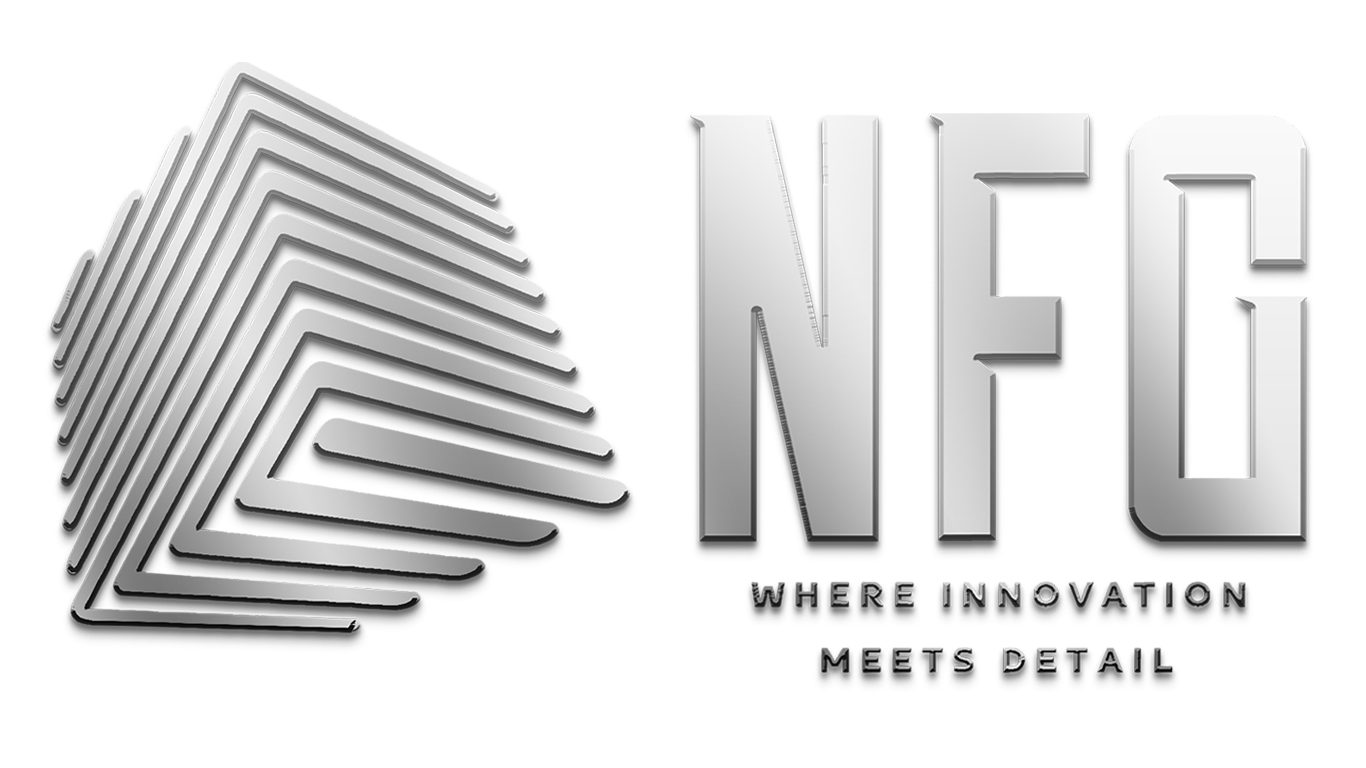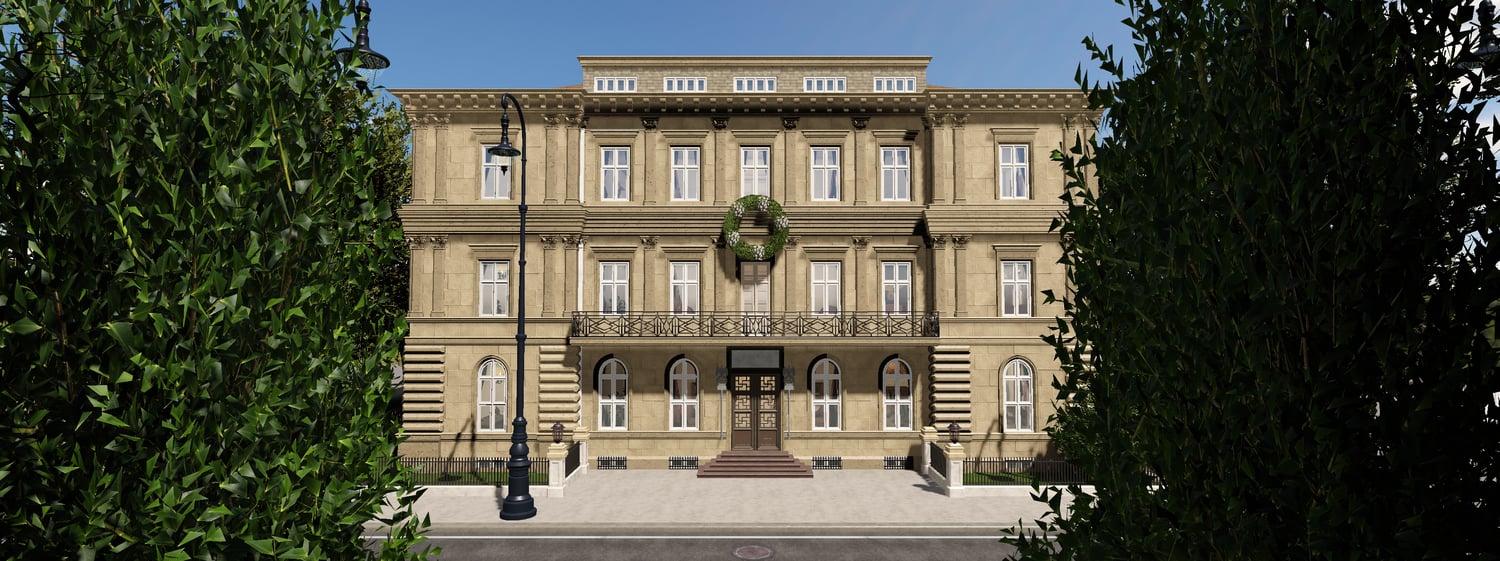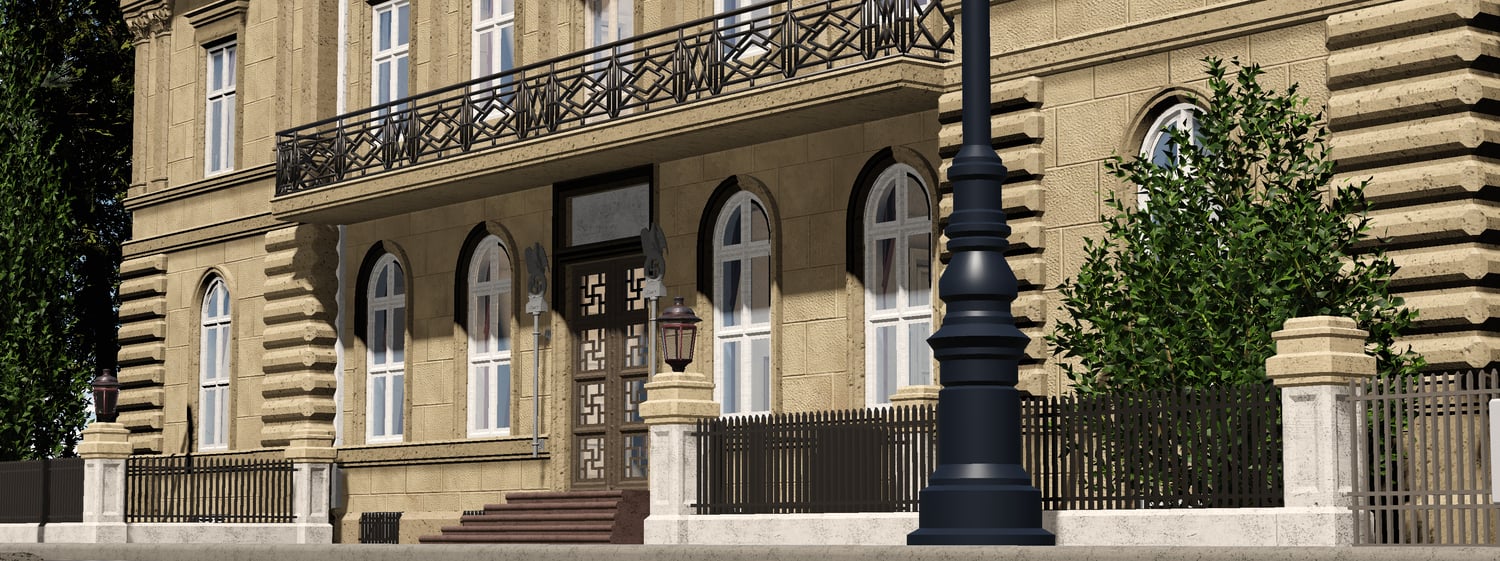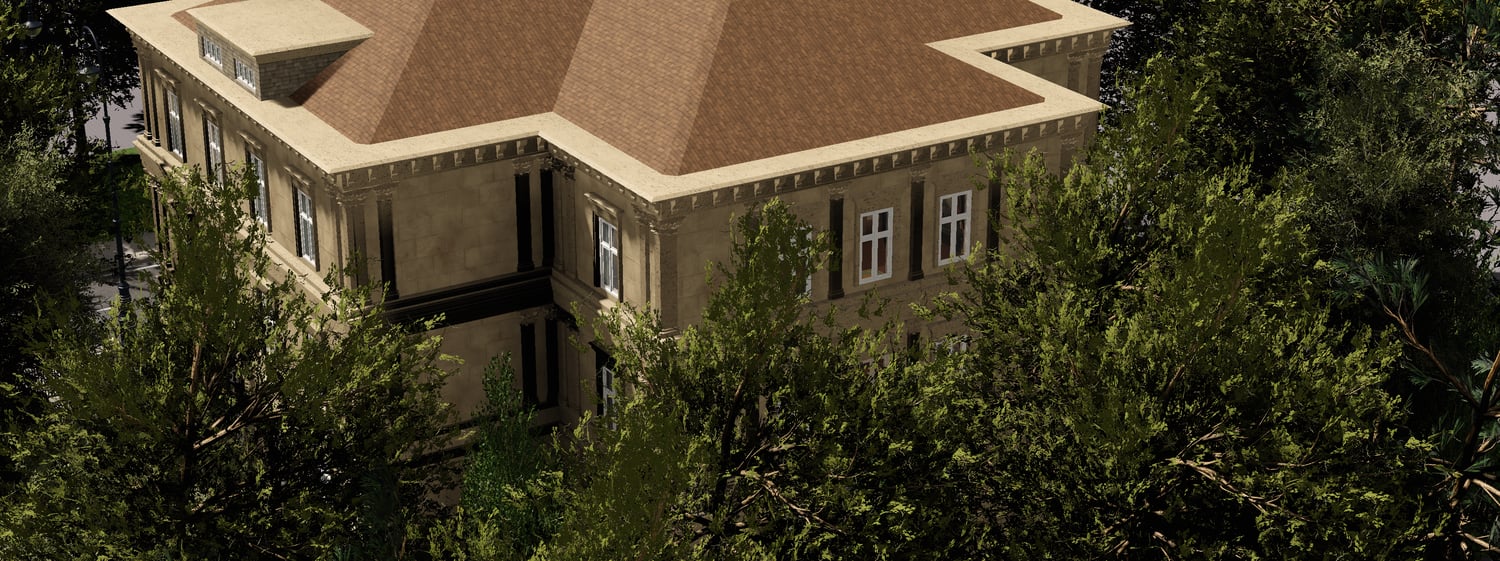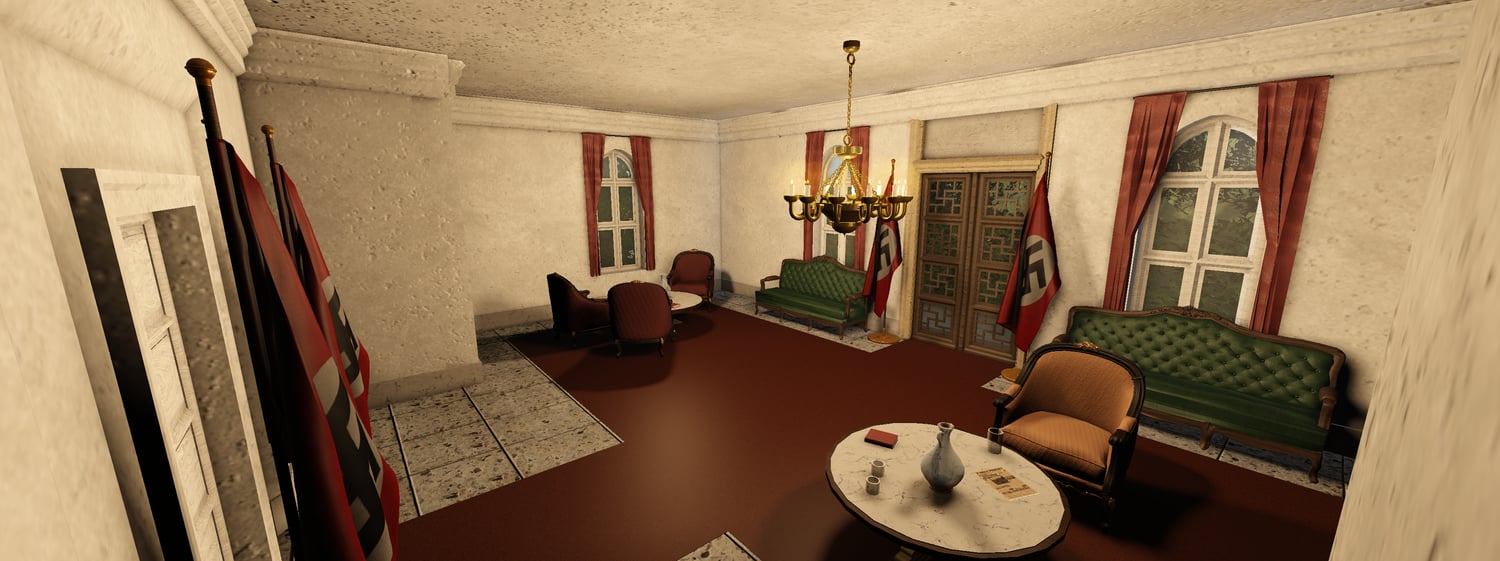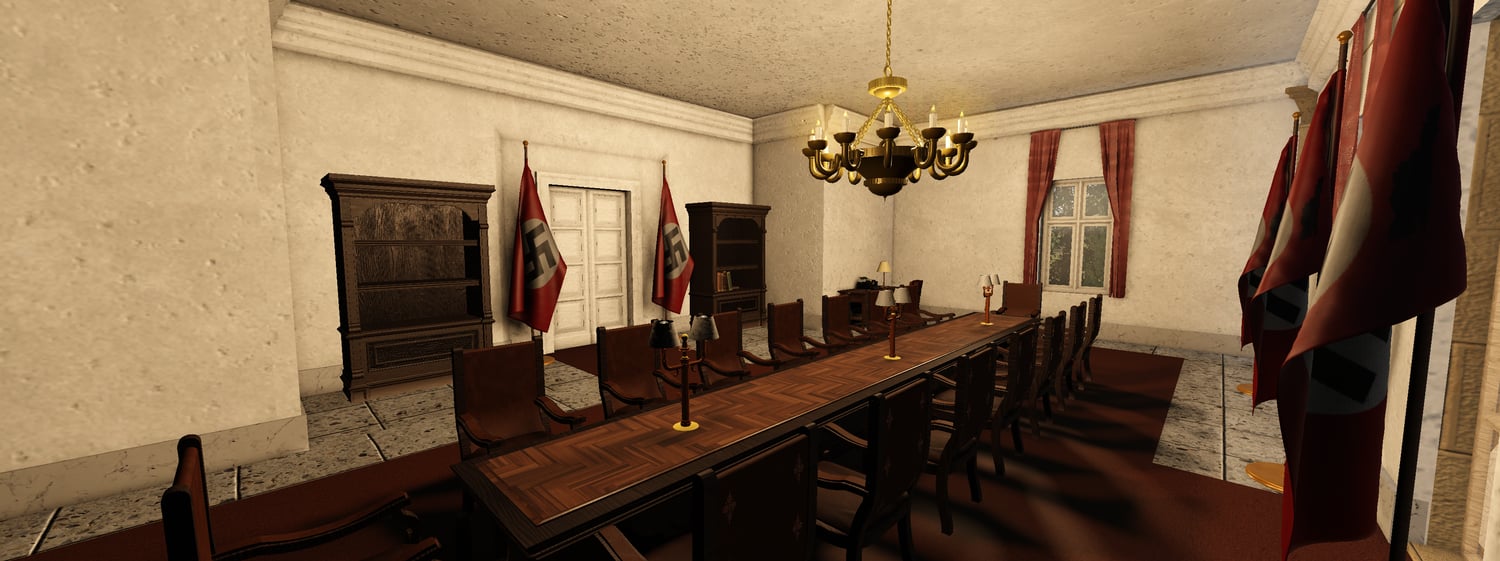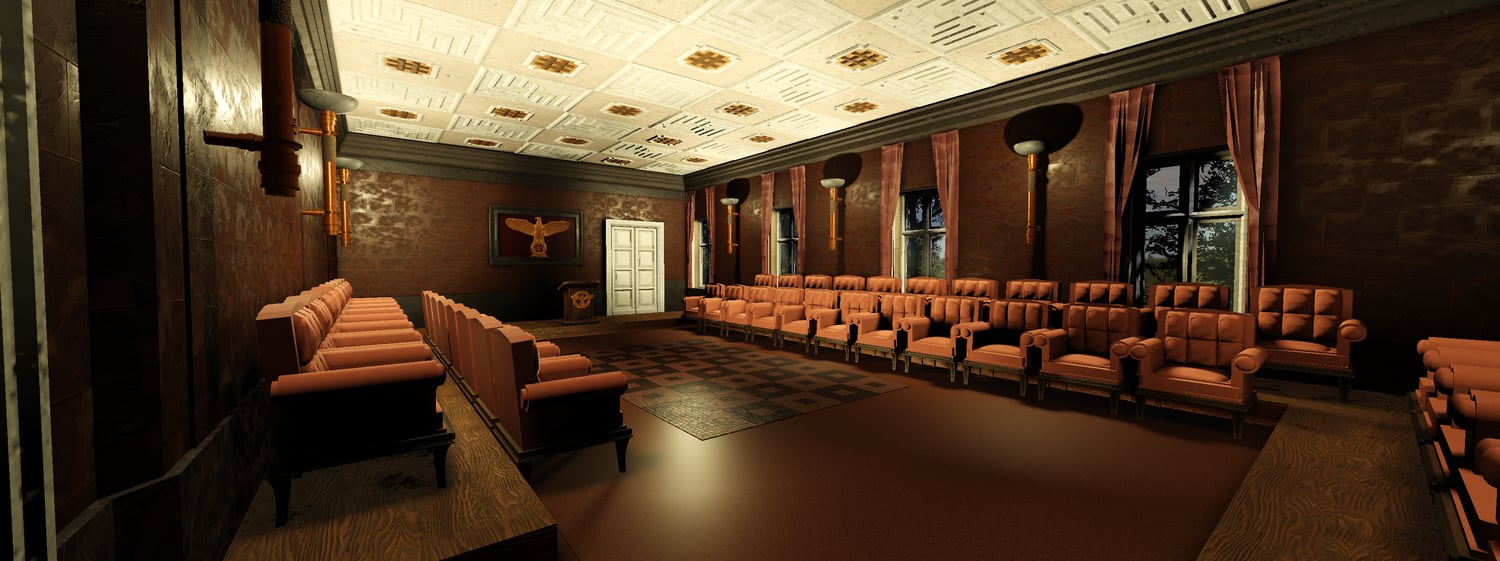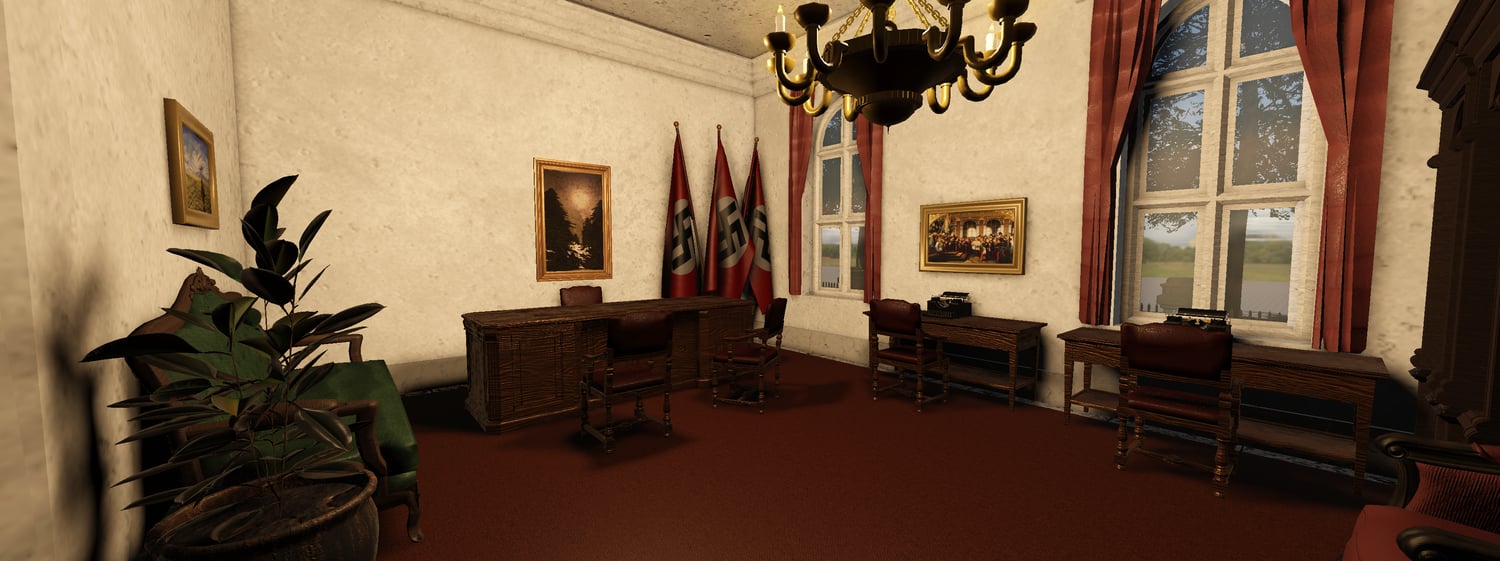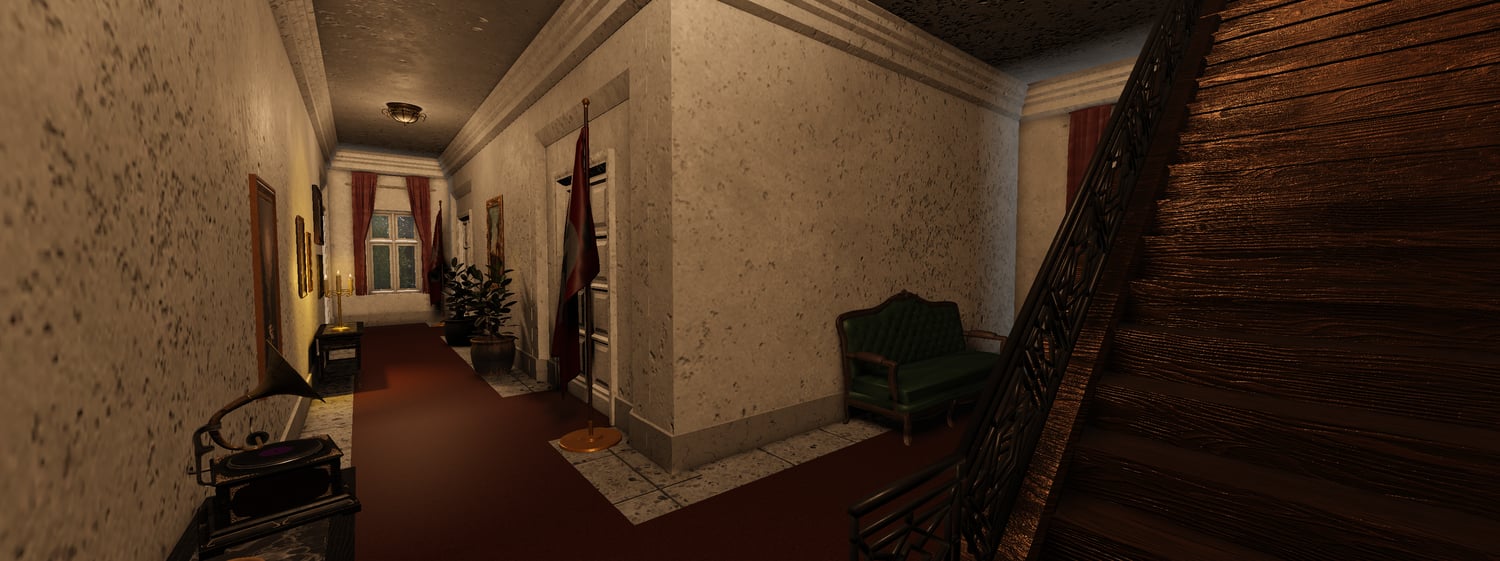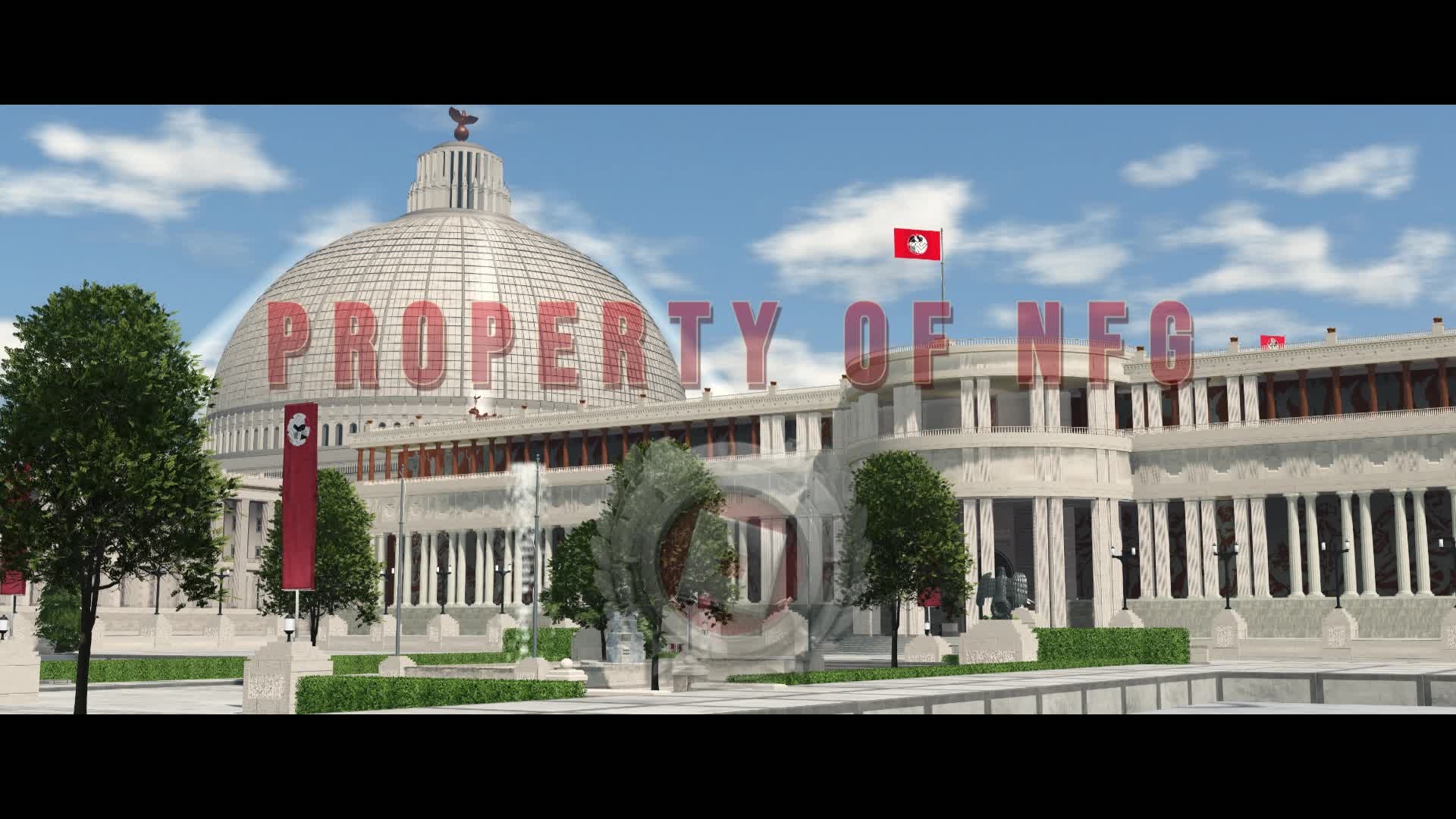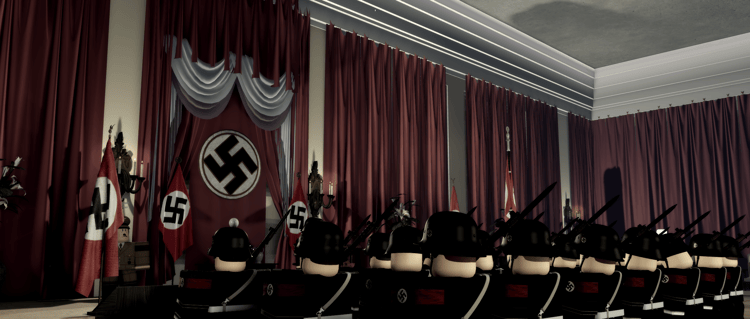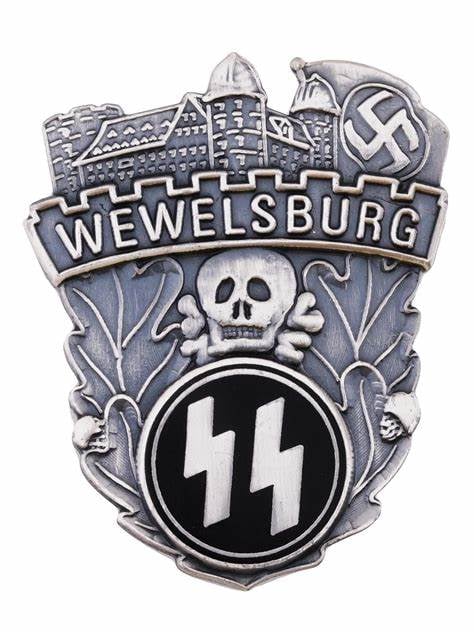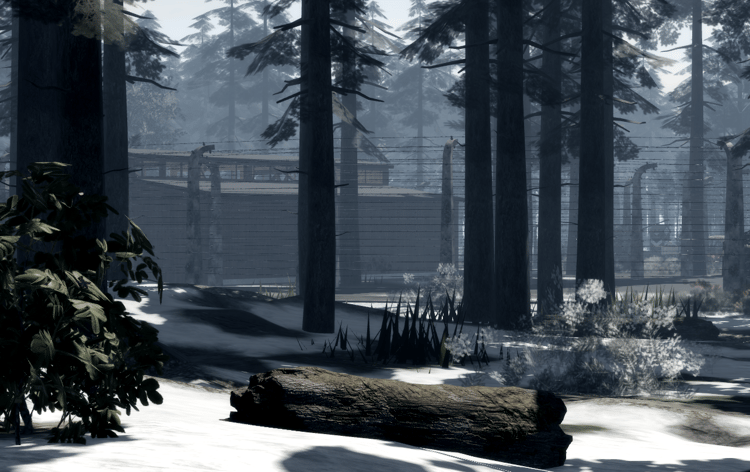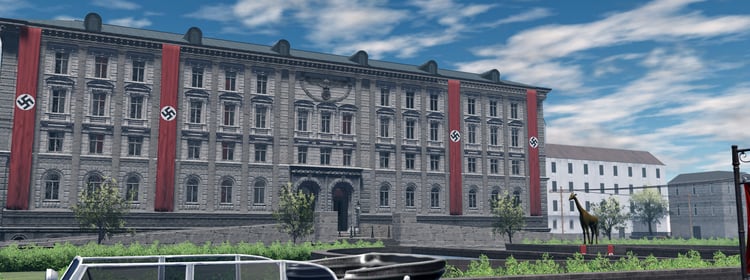Brown House
The Brown House (German: Braunes Haus) was the name given to the Munich mansion located between the Karolinenplatz and Königsplatz, known before as the Palais Barlow, which was purchased in 1930 for the Nazis. They converted the structure into the headquarters of the National Socialist German Workers' Party (Nationalsozialistische Deutsche Arbeiterpartei; NSDAP). Its name comes from early Nazi Party uniforms, which were brown. Many leading Nazis, including Adolf Hitler, maintained offices there throughout the party's existence. It was destroyed by Allied bombing raids during World War II.
In 1920, the Nazis opened their first party headquarters at the Sterneckerbräu in Munich. Between 1922 and the failed Beer Hall Putsch in November 1923, Adolf Hitler and the Nazis used a smaller structure at Corneliusstraße 12 for their meetings. For a time following the party's reorganization on 27 February 1925, they met at the Eher Verlag on Thierstraße 15, which eventually became the central NSDAP publishing house. Their last base of operations was at Schellingstraße 50 before they moved into the Brown House.[1]
A large impressive stone structure, the building that would later be the Nazi Party center of operations was located at 45 Brienner Straße in Munich, Bavaria. Situated between Karolinenplatz and Königsplatz, the mansion was built in 1828 by Jean Baptiste Métivier [de] in neoclassical style for the aristocrat Karl Freiherr von Lotzbeck. From 1876—until the Nazis took it over—the building was known as Palais Barlow.[2] By 1930, the NSDAP headquarters at Schellingstrasse 50 had become too small (with the number of workers increasing from four in 1925 to 50 that year). In April 1930, Elizabeth Stefanie Barlow (widow of William Barlow (1869–1928), an English wholesale merchant) offered the Palais Barlow for purchase to Franz Xaver Schwarz, the NSDAP treasurer. A sales contract was signed on 26 May, with a purchase price of 805,864 marks. Funds for renovation were provided by industrialist Fritz Thyssen.[3][4] The house was converted from an urban villa to an office building by the architect Paul Troost. He and Hitler also re-decorated it in a heavy, anti-modern style. Early Hitler biographer, Konrad Heiden, claims that it was during the renovation of the Brown House, that Hitler "for the first time in his life" was able to "abandon himself to his passion for building and designing."[5] It officially opened on 1 January 1931, which is when the party leadership moved into the building.
